Biology and Biotechnology of Fungi and Microbes
In stock
Fungi and microbes have predominant influence in our lives. They are directly or indirectly involved in generating the food we eat and drink, besides providing life saving pharmaceutical products, including the sources of enzymes. They play a vital role in recycling of organic matter and several ecological processes. Both fungi and microbes have contributed several billion dollars worth of technological products. For instance: yeast is used in brewing and bakery, Lactobacillus ferments milk to yoghurt and a number of edible mushrooms are rich in nutrients besides possessing many medicinal properties. Bacteria and fungi serve as key organisms in understanding life processes, genetic engineering and as experimental organisms. Therefore, it is necessary to study the biology and biotechnology of these organisms. It is a humble attempt of the authors to make the readers understand the biology and biotechnology of fungi and microbes in a simpler way and also to communicate the recent developments.
Contents: I. Mycology: 1. The Fungi. 2. History of Mycology. 3. General Characters of Fungi. 4. International Code of Nomenclature for Algae, Fungi and Plants; Taxonomy of Fungi. 5. Zoosporic Fungi (Chytridiomycota: Kingdom-Stramenopila). 6. Zygomycota. 7. Ascomycota. 8. Basidiomycota. 9. Anamorphic Fungi. 10. Glomeromycota. 11. Myxomycota. II. Current Topics of Importance: 12. Phylogeny, Evolution and Origin of Fungi.13. Biodiversity and Biotechnology of Fungi. 14. Aeromycology. 15. General accounts of Plant Diseases caused by Fungi and their Control. 16. Endophytic Fungi-Some Glimpses. 17. Fungal Ecology. 18. Fungal Genetics : General Account. 19. Diversity and Conservation of Fungi. 20. Lichens : Structure, Reproduction, Ecological and Economic Importance. 21. Mushroom : Cultivation and Application. 22. Mycorrhiza. 23. Sexual Reproduction of Fungi : Recent Trends. 24. Fungi in Miscellaneous Substrates. 25. Entomogenous Fungi. 26. Mycotoxigenic Fungi : Mycotoxins. 27. Interaction of Fungi with Higher Plants: Some Paleobotanical Glimpses. 28. Keratinophilic Fungi : General Account. 29. Mycological Methods : Collection, Observation and Isolation. III. Microbiology: 30. The Living Kingdom. 31. Historical Developments in Microbiology. 32. Microscopy. 33. Bacteria. 34. Viruses. 35. Other Microorganisms. 36. Diseases Caused by Bacteria and other Prokaryotes. 37. Diversity and Conservation of Microorganisms. 38. Molecular Methods for the Analysis of Microbial Communities. 39. Some Aspect of Applied Microbiology. 40. Life Cycles in Microbes and Fungi. Glossary. Selected References.

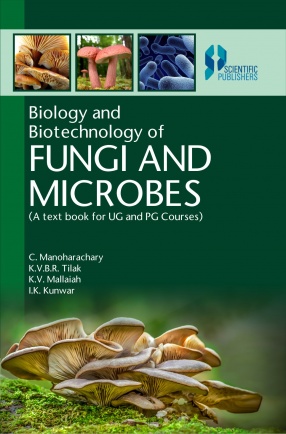
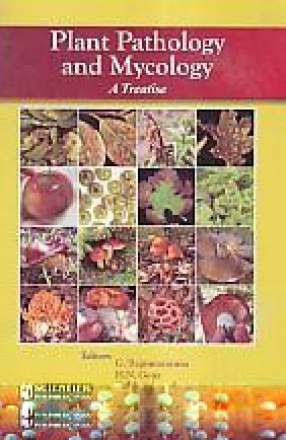
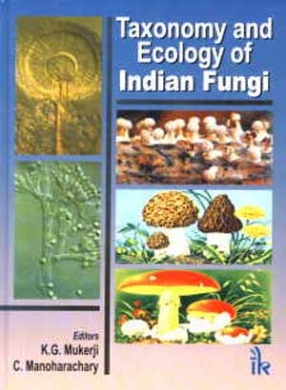
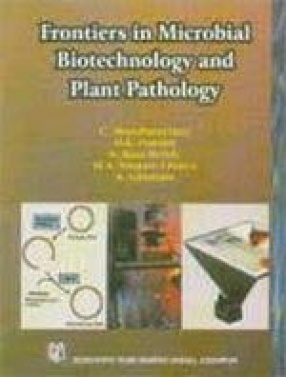
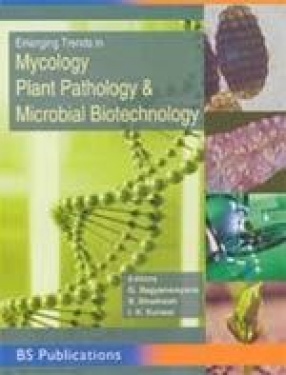


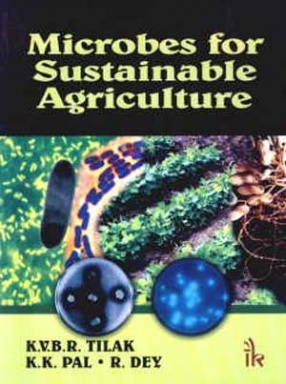
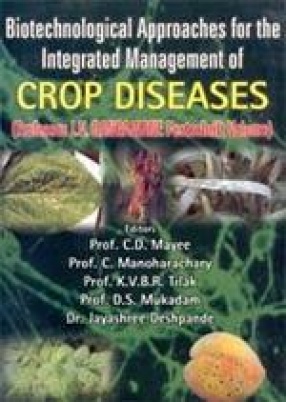
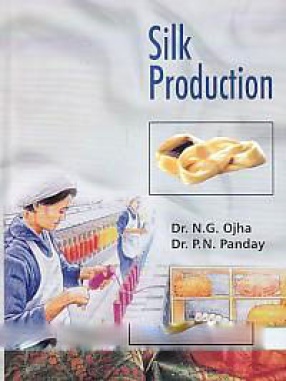

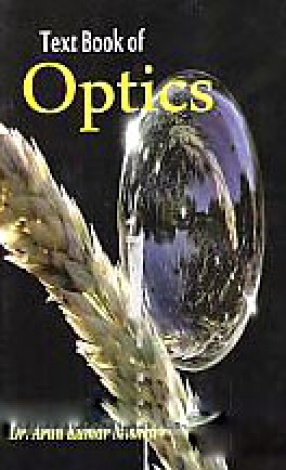
There are no reviews yet.